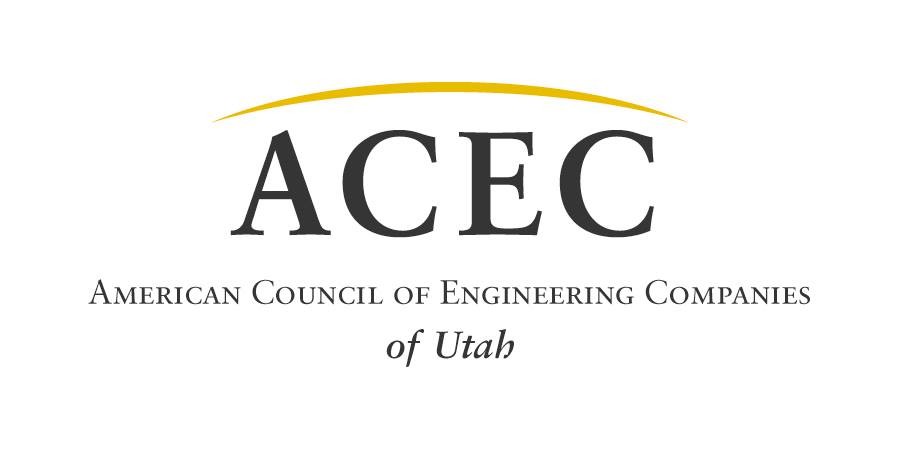Integral HR practices for engineering consultancies in Utah
In the dynamic sphere of engineering consultancies, particularly within Utah’s growing infrastructure and development projects, the essence of Human Resources (HR) cannot be overstated. The unexpected collapse of critical structures such as Baltimore’s Francis Scott Key Bridge is a poignant reminder of the multifaceted challenges and responsibilities engineering firms face. This incident not only brings to the forefront the pressing need for resilient infrastructural designs but also underscores the profound impact of adept HR practices in navigating the complex aftermath of engineering endeavors.
For engineering consultancies in Utah, embracing integral HR practices is not merely about recruitment and policy enforcement; it is about fostering a culture that values continuous learning, safety, innovation, and resilience. A well-structured HR framework equips firms to attract, develop, and retain the caliber of professionals capable of leading projects with the magnitude and significance akin to the rebuilding efforts of the Key Bridge.
Workplace Safety and Mental Health
First and foremost, ensuring workplace safety and mental health support becomes paramount. The dangers inherent in salvage operations, as seen in the bridge collapse cleanup, highlight the need for rigorous safety protocols. Engineering firms must adopt and continuously update their safety measures, not only complying with legal standards but also promoting a culture where safety is ingrained in every aspect of the work. Moreover, recognizing the psychological impacts of high-stake projects on engineers and supporting staff is crucial. Providing access to mental health resources and creating an environment where employees feel comfortable seeking help fortifies the team’s resilience and capacity to address challenges effectively.
Continuous Learning and Adaptability
The rapidly evolving nature of engineering technologies and methodologies demands a perpetual learning ethos within consultancies. HR departments play a pivotal role in identifying skill gaps and facilitating ongoing education and professional development. Encouraging a culture of adaptability and learning ensures that teams are not just equipped to leverage the latest in engineering innovations but are also prepared to think critically and react nimbly to unforeseen challenges.
Diversity and Inclusion
Diversity in thought, background, and expertise enriches problem-solving and innovation. Engineering consultancies benefit immensely from HR practices that promote diversity and inclusion at every level of the organization. This inclusivity not only enhances the consultancy’s ability to address a wide array of problems but also reflects a commitment to representing the diverse community it serves.
Community Engagement and Responsibility
Community-focused HR practices extend beyond the internal workings of a consultancy. Establishing programs that encourage community engagement and social responsibility connects the firm with the wider public and stakeholders. This engagement is not just about bolstering the firm’s reputation; it represents a genuine investment in the prosperity and welfare of Utah, embodying the consultancy’s role as a steward of the state’s infrastructural integrity and development.
The challenges and opportunities within the engineering industry, underscored by events like the Key Bridge collapse, demand a reimagined approach to HR practices. For engineering consultancies in Utah, integrating these integral HR dimensions is not optional; it is essential. Through fostering a culture of safety, continuous learning, diversity, and community responsiveness, engineering firms not only elevate their own capabilities but also contribute profoundly to the collective strength and prosperity of Utah’s infrastructure and its people.






